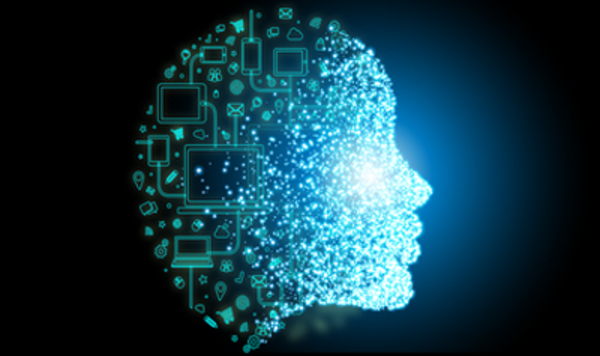Price:
8045 EUR
Contact
University of the Witwatersrand
Description
This course will provide you with conceptual models for understanding, and engaging with, digital transformation processes.
Digital transformation is impacting strategy and operations across business and government organisations. This is a current and rapidly unfolding process. Because it is driven by new (and yet to be invented) technologies and applications, the process is inherently disruptive and its outcomes cannot be predicted. However, there are models which can help us think about and engage with the process.
Digital transformation is comprised of multiple social, economic and organisational components, which makes it difficult to describe and monitor the process. The ‘Digital Diamond’ provides a model for clustering multiple components into the four key elements of any digital transformation process, making it possible to consider the overall direction of digital transformation in an organisation.
As digital technologies are incorporated into business processes, organisations strive to maintain a dynamic equilibrium between ‘chaos’ and ‘order’, agility and stability. The ‘Complex Adaptive Situational Model’ (CASM) provides a way of understanding the complexities of change in networked organisations.
Well managed digital transformation offers the promise of added value. But where and how is this value created? The ‘Generic Value Chain’ identifies the processes for creating and maintaining value through the IT function.
As digital technologies are incorporated into a range of business functions, the role of the IT function is changing. The concept of ‘business technology’ helps us understand this shift, and reconceptualise the role of the CIO team in organisations that require high levels of digital literacy across business functions.
Together, familiarity with these models and conceptual frameworks will allow you to engage with digital transformation processes in your own sector and organisation.
Specific details
Category of Education
Computer Sciense and IT







 How to resolve AdBlock issue?
How to resolve AdBlock issue? 


Comments (0)